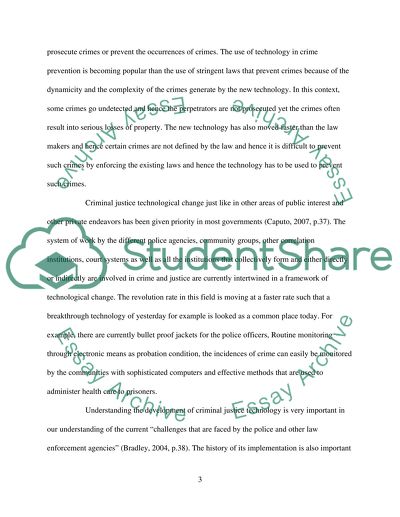Cite this document
(“Crime and Technology: (criminology degree level): Is regulation by Essay”, n.d.)
Retrieved from https://studentshare.org/environmental-studies/1420443-crime-and-technology-criminology-degree-level-is-regulation-by-technology-now-more-influential-than-regulation-by-the-law
Retrieved from https://studentshare.org/environmental-studies/1420443-crime-and-technology-criminology-degree-level-is-regulation-by-technology-now-more-influential-than-regulation-by-the-law
(Crime and Technology: (criminology Degree level): Is Regulation by Essay)
https://studentshare.org/environmental-studies/1420443-crime-and-technology-criminology-degree-level-is-regulation-by-technology-now-more-influential-than-regulation-by-the-law.
https://studentshare.org/environmental-studies/1420443-crime-and-technology-criminology-degree-level-is-regulation-by-technology-now-more-influential-than-regulation-by-the-law.
“Crime and Technology: (criminology Degree level): Is Regulation by Essay”, n.d. https://studentshare.org/environmental-studies/1420443-crime-and-technology-criminology-degree-level-is-regulation-by-technology-now-more-influential-than-regulation-by-the-law.


